In this video we are going to have a look at the area around La Bastille, which is located in the southeast of Paris, just beside the Marais. A former neighborhood outside the city just beyond the infamous Bastille prison, this area is more off-beat than its sophisticated neighbor – the Marais. With its real Parisian feel, the Bastille has all kinds of unique hidden treasures.
This will be the first of a three-part series on this fantastic neighborhood. Check out Part 2 of our Video Tour of Bastille, and Part 3 of our Video Tour of Bastille.
Paris Neighborhood Video Tour: Bastille – Part 1 (5:45)
La Bastille History and Landmarks
The Place de la Bastille is the area where The Bastille, a formidable fortress on the eastern gate of Paris, was built in the 1300s. From the early 1600s to 1789 it was used as a prison and, during that time, it held some well-known inmates:
The writer/philosopher Voltaire did two stints. He was locked up in 1717 and again in 1726. Also, the erotic writer, Marquis de Sade, was locked up for 5 years.
During the wee morning hours of July 14th 1789, it became the target of the large mob of early revolutionaries that stormed it, sparking the first French Revolution. Now, July 14th is known as Bastille Day in France as a memorial. After the revolution, the prison was dismantled and many of its study blocks went to the building of the Concorde Bridge. You can see the last vestiges of the prison in the little garden at the end of Boulevard Henri IV as well as in the metro station on the platform of line 5.
Place de la Bastille
While the prison no longer exists, La Place de la Bastille is much a part of Parisian life. It’s quite the busy traffic circle, so be careful crossing it! In the center is the Column of July; most people think it commemorates the first French revolution, but it actually represents the victims of the second revolution of July 1830 called les Trois Glorieuses (the three glorious days) when the French took up arms again to oust a tyrannical ruler – this time the short-lived Charles X.
The French Revolutionaries had one thing in mind: to do things differently. In that spirit, you should skip the hotel for your next trip to Paris. Booking a vacation rental in Paris will put you in touch with the real Paris, giving you an authentic experience you wouldn’t get otherwise.
Take a look at this fully furnished 1-bedroom loft apartment in Bastille (PA-3084) is located in a building that was once part of a monastery. It is on the 6th floor of an elevator building. The apartment includes a fully equipped kitchen with the luxury of a dishwasher and also has access to a small private balcony.
With plentiful seating and sleeping areas, this furnished 2-bedroom apartment in Bastille (PA-827) is perfect for a Paris family getaway. Not far from The Bastille, this apartment includes a television with DVD payer, of course a fully equipped kitchen for home cooked meals and a dining table. There is also the convenience of a washer and a dryer in the apartment!
This furnished studio apartment in Bastille (PA-3964) has the aesthetics of exposed wood beams and parquet wood floors. The kitchen includes a stove top with 2 burners, a microwave and a mini-refrigerator and is the perfect place to come and put your feet up after a long Paris day!
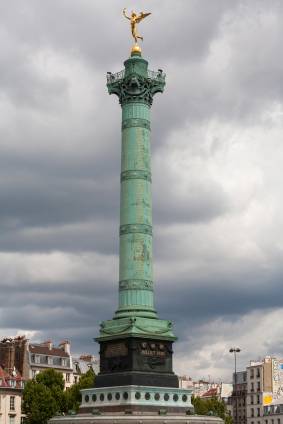
On the other side of the Place de la Bastille is the Opera Bastille. It was part of the grands projets building works commissioned by President Francois Mitterand to commemorate the 200-year anniversary of the French Revolution in 1989. Its design, by Carlos Ott, is still controversial; however, its modern acoustics do the operatic performances presented here justice. You can often get last minute tickets if you show up around 6-6:30 pm at the ticket office, which is found on the right of the main entrance.
Art and Antiques
If you love contemporary art and antiques, make sure you check out the massive bi-annual Joel Garcia Antique and Contemporary Art Fair held at Place de la Bastille and on both sides of the place de l’Arsenal.
Faubourg Saint Antoine
The area east of Place de la Bastille is known as the Faubourg Saint Antoine. This was a suburb of Paris similar to Montmartre or Belleville until the mid-1800s. Since this area was close to the Seine and at the gates of Paris it became an industrial sector, which was filled with craftsmen and furniture makers. All along rue de Faubourg Saint Antoine and rue de Charonne you can find alleyways lined with workshops and catch glimpses of 19th century Paris.
Passages of Faubourg Saint Antoine
There are two particularly interesting areas off Faubourg Saint Antoine. The first one is Passage du Chantier where you’ll find numerous hidden furniture shops.
The other is the quaint Cour de l’Etoile d’Or.
Viaduc des Arts and the Promenade Plantée
Walking along the south side of the Opera Bastille you’ll come to the Viaduc des Arts and the Promenade Plantée. Before the invention of the car, Paris used to have many additional train links into the city and the Viaduc is one of them. The city of Paris renovated it in the 1990s, transforming the lower arcades into workshops and the upper lever, where the trains once ran, into a lovely planted walkway lined with bamboo and roses, the path goes all the way to the Vincennes woods. Either along the top or bottom the Viaduc makes for an excellent stroll.
I hope you’ve enjoyed our tour of the Bastille district. If you want to further explore the City of Lights don’t miss out on our videos of other Paris neighborhoods. Of course, there’s a lot more to see and do here. If we’ve missed any of your favorite Bastille Secrets, be sure to share them with us in the comments box below.
While there’s no longer a fortress to capture here in Bastille, we hope to see you here soon, capturing your own special Parisian moments!
Make sure to continue the visit with Part 2 of our Video Tour of Bastille and Part 3 of our Video Tour of Bastille.

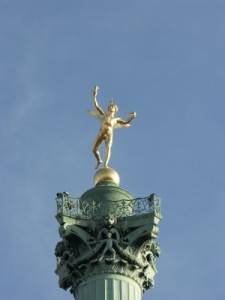
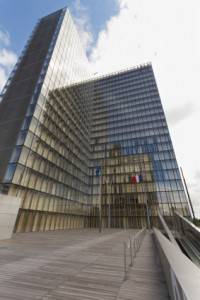
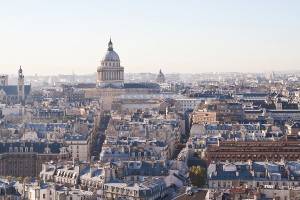
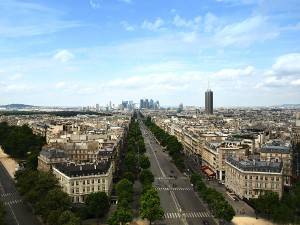
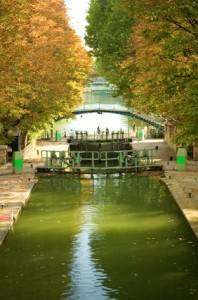
Nice blog, it reminds me of Place de la Bastille, the square is now an official historical monument of France.
I tried to write a blog about it, hope you like it also stenote.blogspot.com/2021/01/paris-at-place-de-la-bastille.html
Thank you Steven for sharing this. It is always nice to see people being enthusiastic about Paris.